3 things Sesame Street perfected, that’ll transform your content marketing
Like good ol’ Elmo, I’ll keep this article short and sweet.
At the time of writing, Sesame Street has aired 4,561 episodes (which according to one Reddit user, would take over half a year to watch back-to-back). But I’m not writing this to celebrate the show’s half-century success.
I was actually inspired to write this post based on a Guardian article about a new documentary Street Gang (which traces the creative energy of the groundbreaking show).
As well as surfacing some deep-rooted nostalgia, the article made me realise there are three important factors that marketers could learn from the show’s phenomenal success;
1: To educate, first we must entertain
Sesame Street understood the all-important trick to education… entertainment. And what is marketing, if not an attempt to educate in order to sell?
Entertainment is one of the fundamental reasons why each November we all anticipate what John Lewis’ Christmas campaign is going to be. And let’s face it, looking forward to adverts is quite a rarity.
We also all remember that one teacher from school (the good one that is). And there’s a strong probability you remember that one great teacher because they mastered the art of educating through entertainment.
They brought the facts alive.
That’s what great marketing does.
Entertainment buys you ‘attention credits’ to explain your offering’s features.
And it was this fundamental principle that kept Sesame Street’s platform sustainable for over 50 years. They proved that storytelling is integral to sustainable content.
And it’s no different for marketers.
2: Time was arbitrary
As one of my other articles explains, I turn into quite the Grouch when clients ask for a 90second video. Not an engaging video, no. Not a storytelling video, no. But an “<insert amount of seconds here> video”.
Don’t get me wrong, I love producing creative marketing videos. But when a brief leads with a time limit, c’mon!
It seems some marketers think that 90seconds is the limit of their target market’s attention span. But as Jerry Seinfeld says “there’s no such thing as attention span… only the quality of what you are viewing”. And, as you’d expect from a king of entertainment, he’s spot on.
You’ll likely fail miserably if you sit a kid in front of a TV for sixty minutes of enforced learning. But, wrap that educational modus operandi in funny fluffy puppets and entertaining sketches, and voila, said kid’s attention span will be transfixed.
Almost a decade ago, I produced a 15minute 3D film for Cisco’s B2B cloud offering (which had people queuing up to watch at their global roadshows). More recently Shopify produced a beautiful 30minute documentary about Hiut Denim’s mission. And, to sell secure office printers, HP produced a series of short films featuring Christian Slater as ‘The Wolf’.
When it comes to educating your prospects, time shouldn’t come first. Entertainment should.
3: In the interests of sustainable content, the producers avoided complacency
Talking to The Guardian, Marilyn Agrelo (one of Sesame Street’s Directors) said “This was so experimental – they were throwing things against the wall to see if they would work… these comic geniuses were allowed to just run with their creativity.”
A recent survey – looking at the state of creativity in b2b marketing – asked marketers “how creative are your marketing campaigns?”.
• 41% said “we try but don’t always have the courage or get it right”
• 38% responded “we’re pretty safe”
• …and 11% answered “our marketing is boring and behind the times”
With this concrete evidence in mind, I think it’s fair to say almost all marketers could be or want to be, more creative in their marketing.
My advice here would be to keep trying different things. For instance, promote a content marketing culture of A/B tests to find out what really works. Pit your usual logical ‘safe’ left-brain approach against something a little more right brain. And let the audience tell you what works. In our experience, this is far better than just basing creative marketing decisions on the subjectivity of ‘the powers that be’.
Sesame Street had a successful model. And at the heart of this model was continual creativity and inquisitive testing. It worked for them, it can work for you!
And finally…
In his book Street Gang (The Complete History of Sesame Street) Michael Davis recalls how the show was designed by a timely collaboration between educational researchers and committed creatives to address two things; “the gaps of public education…” and “the proliferation of television sets”.
Some fifty years after their first episode aired, similarities remain. You believe your prospects have gaps your offering can fill. And there are certainly more screens on which you try to tempt their gaze.
So, if you want your marketing content to be a success, I would urge you to have a timely collaboration between the ‘educational’ (that’s you btw) and the ‘committed creatives’… i.e. us! Well, like all Sesame Street episodes, we had to get our commercial message in there somewhere.
And to sign off in true Sesame Street style, this article was brought to you by the letter E and the number 2… Entertain 2 Educate.
Baz Richardson is the Founder & Creative Director of
Bravo Creative
Header image source/attribution (modifications made): The Little Red monster by Jeff Golden
Published under the following creative commons license
